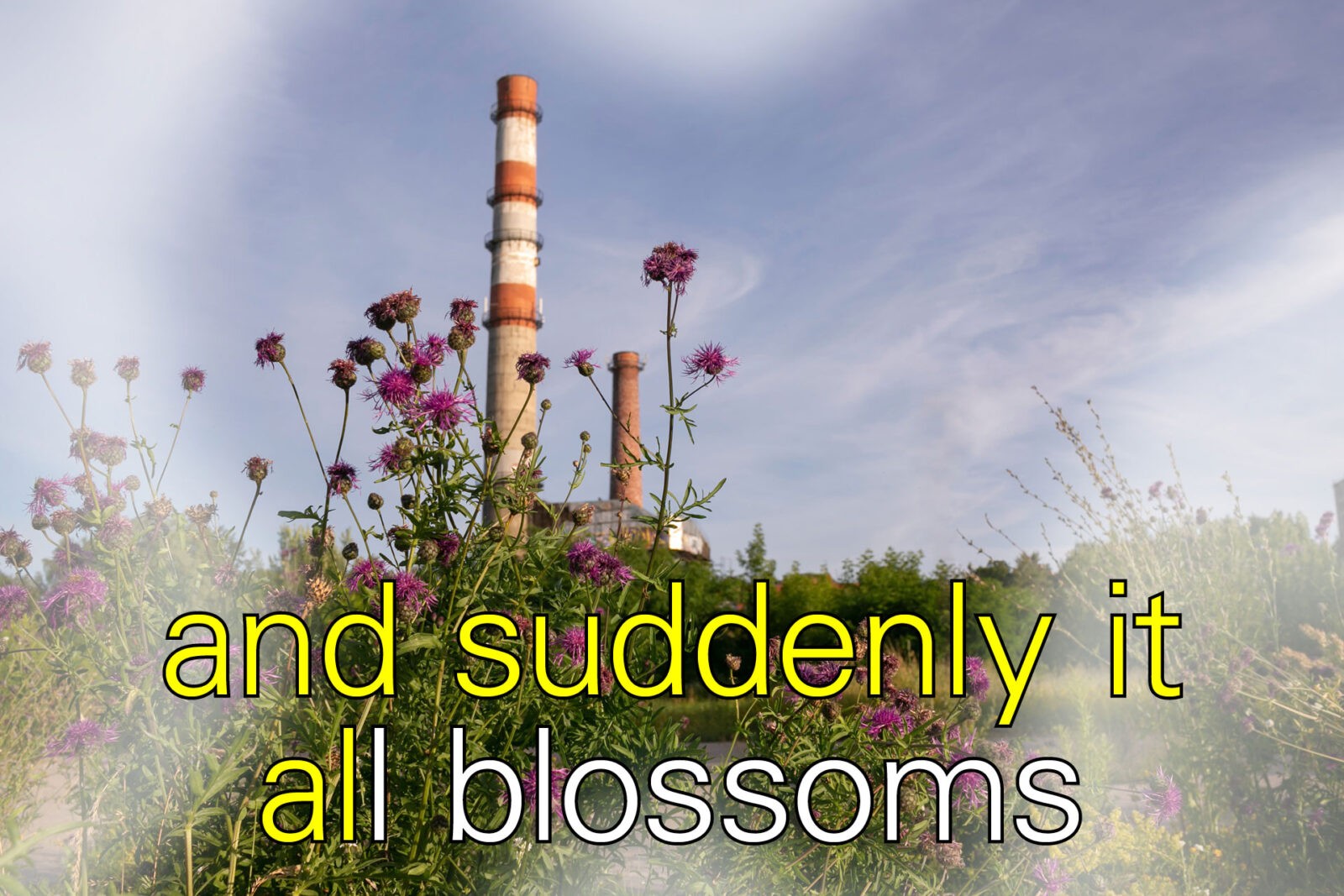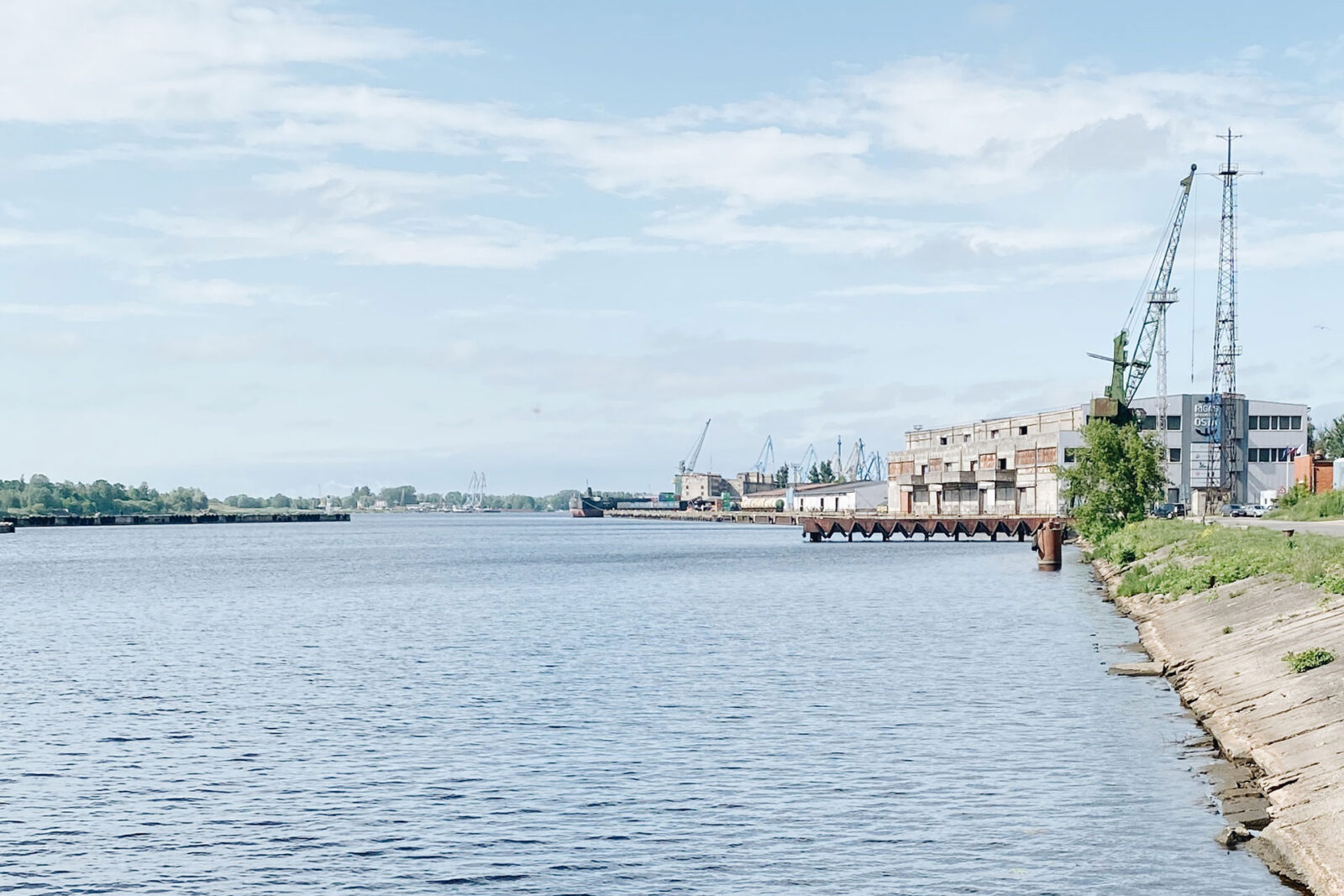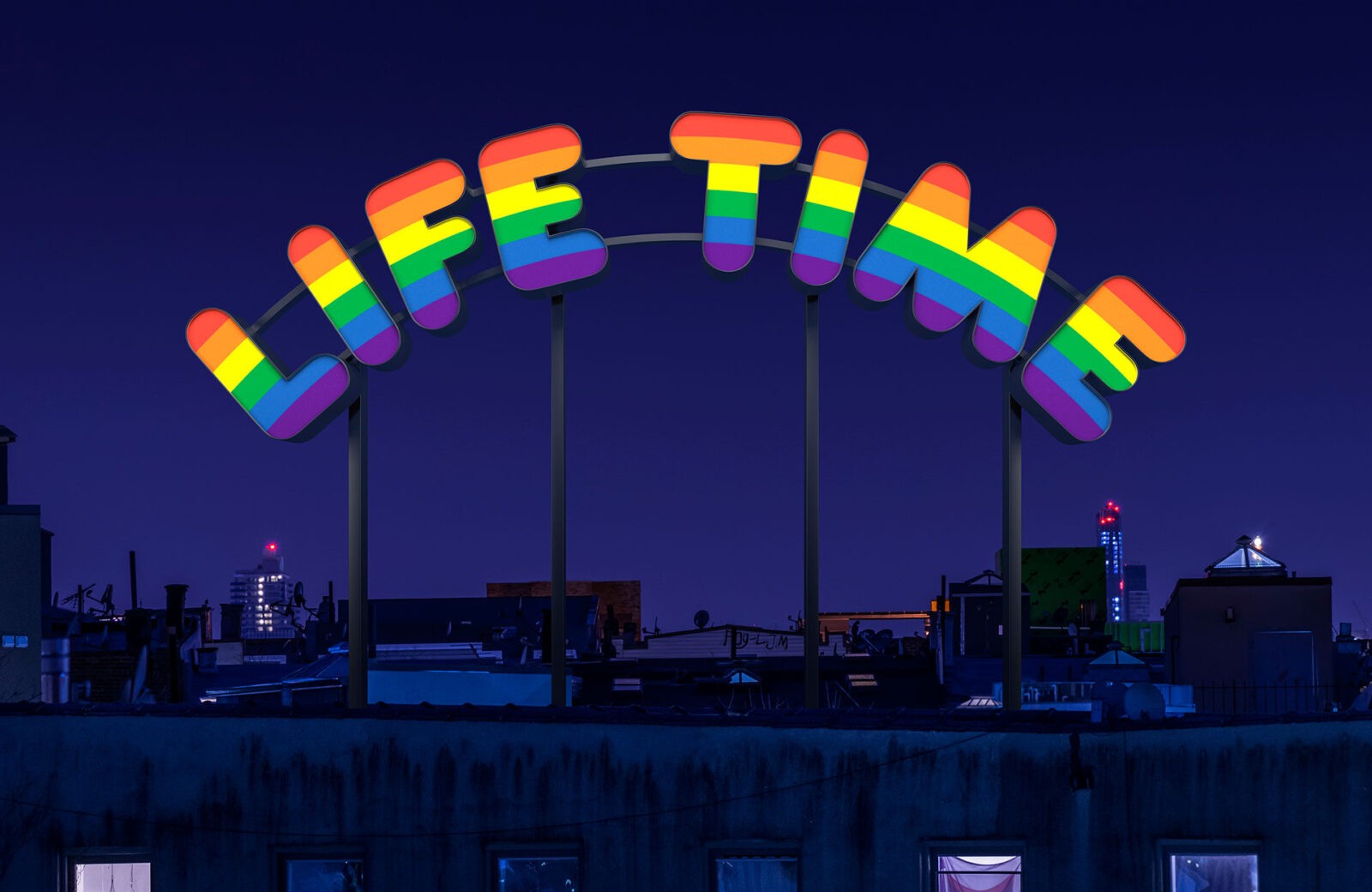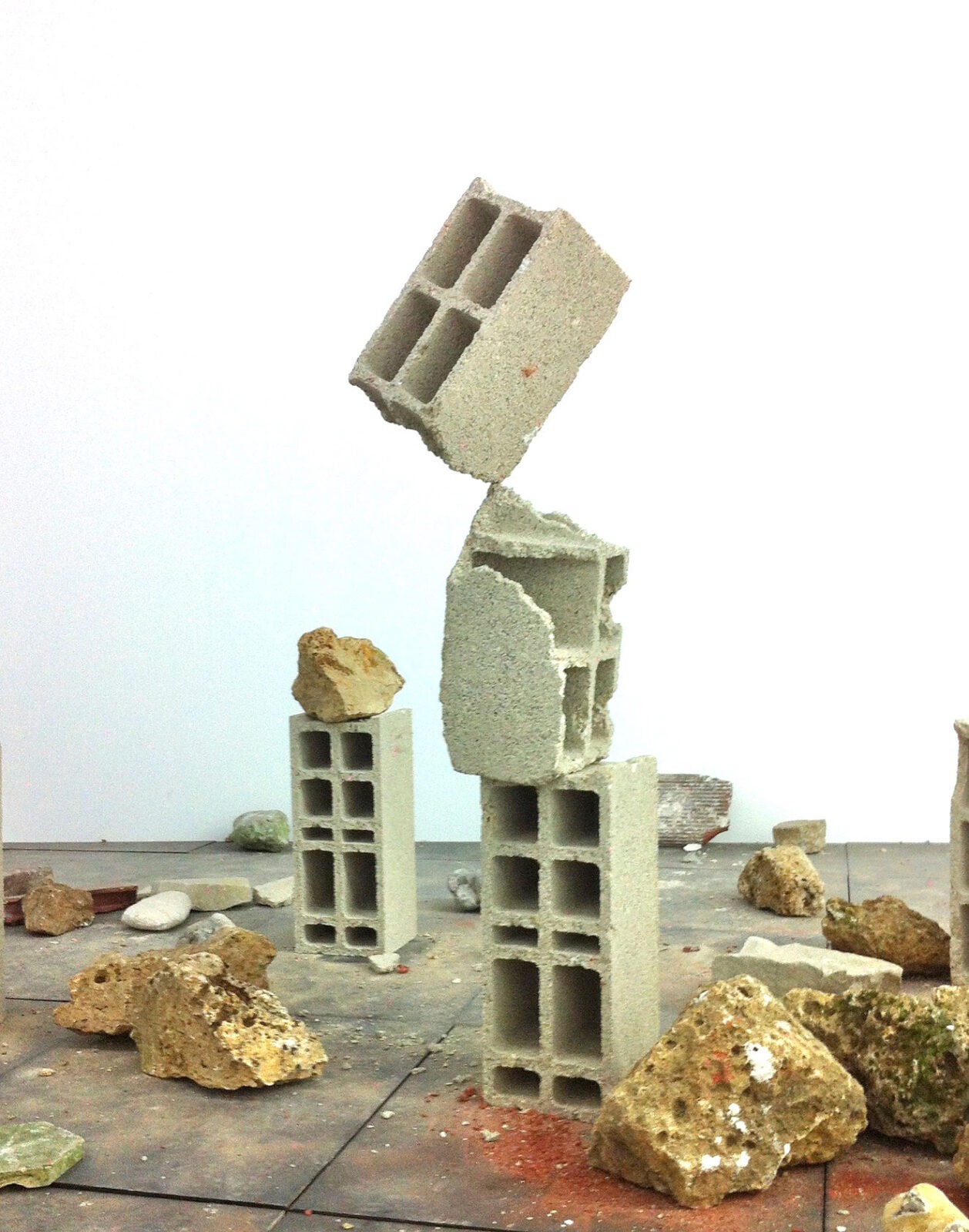The Second Riga International Biennial of Contemporary Art 2020 (RIBOCA2) has announced its program. 65 participants, including 9 groups, will present their works on 200,000 square meters of the Andrejsala industrial port area of Riga.
RIBOCA2 Curator Rebecca Lamarche-Vadel suggested that we should reflect on the end of the world we live in and explore the possibilities of building a new world where there will be a place for different voices, emotions and new ways of building relationships.
The Riga Biennial opens with an exhibition entitled “And suddenly it all blooms” in the context of the Baltic region, where over the centuries of occupation, wars, and economic turmoil the world has collapsed repeatedly.

“The global crisis that the authors of the exhibition have been thinking about,” says Lamarche-Vadel, “has already happened, giving us a non-trivial, demanding and at the same time historic opportunity to make RIBOCA2 even more important and relevant. The coronavirus pandemic has brought into question about the ways we are used to build our relationships, and in the meantime we are aware that, exposed to visible and invisible influences, we are actors in a much more complex and diverse landscape than the space of our bodies and minds”.

Visitors enter the first hangar, where they are met by the monumental rainbow sculpture by Ugo Rondinone ‘Lifetime’. This work offers a new perspective on our understanding of time and existence. Since it was impossible to bring the original, the new version of the work was produced from materials available in Riga. The work serves as a prologue to the exhibition.

Ugo Rondinone, Lifetime, 2019. Neon, plexiglass, transparent foil, aluminum, 248 x 752 cm, provided by studio rondinoneCrossing the doorstep, visitors enter the space with stones and crushed stone that have remained after demolition in different parts of Riga. Portland artist Bridget Polk is an artist who transforms stones into ephemeral, built as if by the power of witchcraft sculpture, talking about the poetry of ruins and the creation of new worlds.

The audience will see an installation by artist Lina Lapelyte and architect Mantas Petraitis made of two thousand logs. The largest platform of the Biennial is the building of the former port, where 36 works are exhibited. Valdis Celms, a pioneer of Latvian kinetic art, has implemented two projects that were conceived back in the 1970s. The installation of Pavels Althamer will be gradually filled with drawings created by visitors. Using knitting, Daina Taimina actually explains the geometry of chaos and disorder on her fingers.
Augustas Serapinas originally planned to place hundreds of snowmen collected in the streets of Riga as a tribute to an act of creativity that combines individual imagination with the resources of the Earth. For three weeks the audience will be able to enjoy performances, artist lectures, online lectures, excursions, and public programs. On Sunday, August 23, there will be a special family day for parents and children.
For the opening of the exhibition, a guidebook developed in collaboration with the designers of The Laboratory of Manuel Bürger / Collaboratoires MB will be published. The full catalogue will be available in autumn 2020. As part of the project, a full-length film will be released in 2021.
– RIBOCA2, Riga. From August 20 to September 13, 2020.























